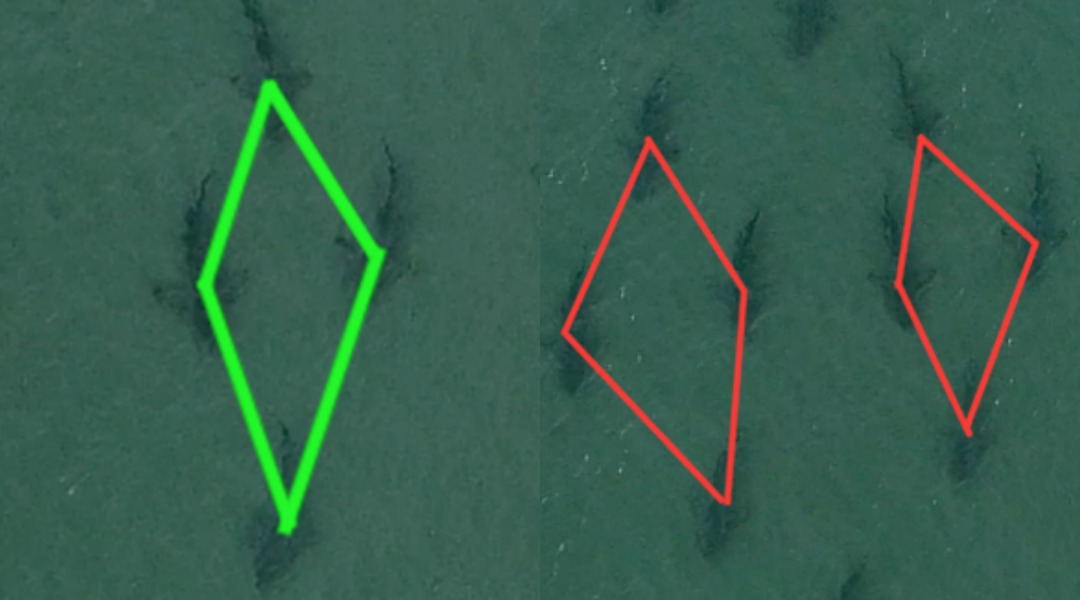Learning to Fly
Winter in North America is over and blacktip shark (Carcharhinus limbatus) aggregations in South Florida (USA) have dispersed. Graduate and undergraduate students from the Florida Atlantic Biomechanics lab are working to process another year’s worth of drone footage. This year was important because we were able to refine our methods resulting in better video quality. We learned how to take advantage of the natural lighting to see even more detail in our video.

(Left) Graduate researcher Braden Ruddy flying a drone off of Singer Island, Fl; (Right) FAU Elasmolab boat following an aggregation of Blacktips. Photos © Braden Ruddy
During our 2018 field season, we focused our drone efforts to obtain video of individual blacktips and groups up to 12 animals swimming in their natural environment. These data allowed us to measure tailbeat frequency, tailbeat amplitude, overall swimming speed, and we examined changes in these variables as group size increased. We found that groups of four sharks in a diamond shaped arrangement move more efficiently than other group sizes. When sharks swim in larger groups of 12, they form smaller subgroups of four animals, which may increase the swimming efficiency of the larger group.

(Left) Sharks swimming in group of 4; (Right) Group of 12 demonstrating subgroup formation. Photos © Braden Ruddy
During our 2019 field season, we focused our efforts to obtain video of large aggregations of at least 50 animals. We modified our original methods so we could accommodate data collection from more animals, and we have been able to analyze video with 200 sharks in a single frame. These data enable us to examine individual blacktip sharks swimming and quantify the influence of neighbours on group arrangement, movement, and interactions among individuals and subgroups. Specifically, we added measurements such as distance between neighbours, heading angle, and area of an aggregation, to understand underlying benefits from forming dense groups. These data allow us to better understand and continue investigating the underlying mechanics and group dynamics that make long distance migration possible.
A large aggregation of Blacktip Sharks.
While looking at video from larger groups, we also documented predator-prey interactions between blacktips and a known predator, the Great Hammerhead (Sphyrna mokarran). Examining footage of this encounter provides us with a unique opportunity to apply our swimming analyses to predator-prey interactions. These data further increase our understanding of shark movements, behaviour, and the underlying mechanics behind predation events.
Great Hammerhead attempting to predate on Blacktips swimming.
Individual Blacktip swimming in a large aggregation.
We are still looking for drone video submissions, and have a citizen science protocol for filming marine animals. If you use these settings and get some interesting video of marine critters please let us know! Contact bruddy2018@fau.edu about submitting your drone footage.
